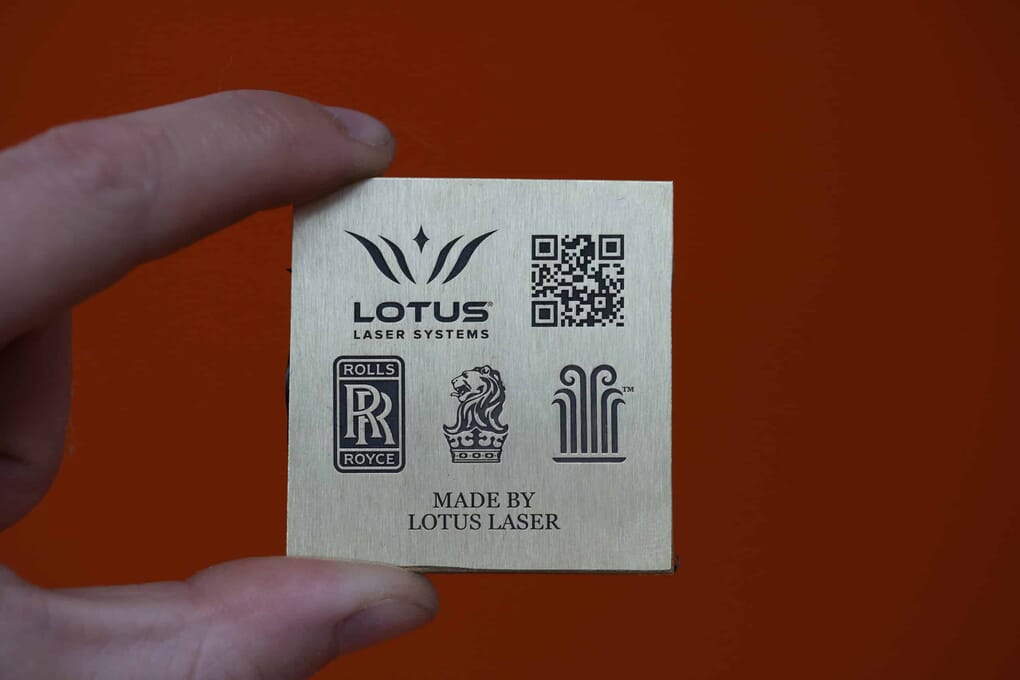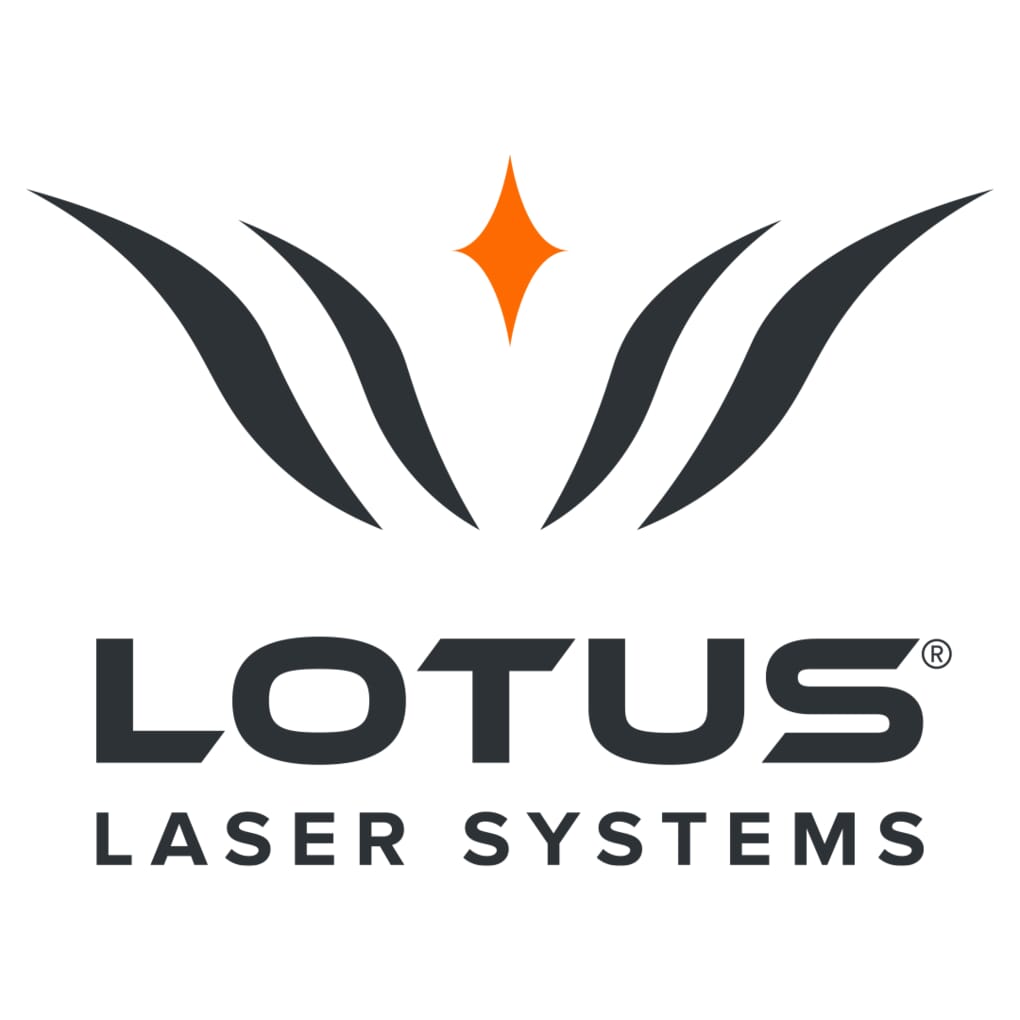About
Laser Ablation
In modern science and technology, laser ablation has emerged as a fascinating and versatile technique with applications spanning various fields. From materials to medicine and cultural heritage preservation, laser ablation has left its mark…
understanding the science
Laser Ablation
Laser ablation is a process that involves the focused use of a high-powered laser beam to remove or modify a material’s surface. The process operates on the principle of converting laser energy into thermal energy within a tiny, precisely controlled region. The subsequent intense heating causes the target material to vaporise or melt, and sometimes even ionize, leading to the ejection of material from the surface.
Laser Sources: Laser ablation employs various types of lasers, the choice of laser depends on factors such as the material being treated and the precision required.
Pulse Duration: Laser pulses can range from femtoseconds (ultrafast) to microseconds. Shorter pulses are used for precise micro structuring, while longer pulses may be employed for material removal and ablation.
Ablation Threshold: Each material has a specific ablation threshold, which represents the minimum laser intensity required to start the ablation process. Understanding this threshold is crucial for optimising the ablation process.

laser ablation
Applications
Laser ablation is a remarkable scientific advancement with a wide range of applications. Whether it’s in the fields of material processing, medicine or cultural heritage, this technology is contributing significantly to our understanding and our ability to manipulate and modify materials with precision.
Medicine
Laser Ablation in Surgery
Lasers are used to precisely remove or coagulate tissue, making it a valuable tool in procedures like eye surgery and the treatment of tumours.
Dental Procedures
Laser ablation is employed in dentistry for procedures such as cavity preparation, gum reshaping, and teeth whitening.
Material Processing
Surface Texturing
It is employed to create microstructures on surfaces for applications like enhancing adhesion, hydrophobicity, or anti-reflective properties.
Thin Film Deposition
Laser ablation can remove thin films on materials, enabling precise modification of material properties.
Cultural Heritage Preservation
Art Restoration
Laser ablation can remove dirt, soot, or unwanted layers from artworks, thereby preserving their original condition.
Archaeology
It aids in analysing the composition of historical artifacts without damaging them.
What’s the difference?
Engraving vs. Ablation
Laser ablation and laser engraving are two distinct processes that utilise laser technology for material modification. While they may seem similar at first glance, they serve fundamentally different purposes. Laser engraving involves the controlled removal of material from a surface to create precise and often decorative designs, leaving behind a permanent mark. In contrast, laser ablation is a more intense process, where high-energy lasers are used to vaporise or remove entire layers of material, primarily for purposes like material analysis, surface cleaning, or micromachining. Understanding these differences is crucial for choosing the right technique for your specific application.
Trusted and loved by thousands of businesses, including:








